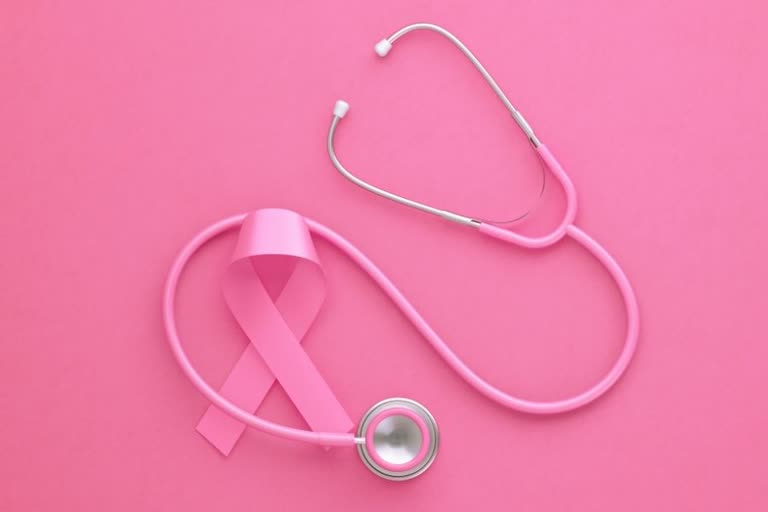According to the American Cancer Society, a man's lifetime risk of developing breast cancer is about one out of 833 men. But the signs and symptoms are the same as in cisgender men and women: with a nodule/lump/ulcer/nipple discharge sinus/nodule in the underarm and around collar bone/skin changes.
"Since males don't expect to get breast cancer commonly, they are not in the habit of checking their breasts on a regular basis. It might come as a shock to them to notice a lump in the breast. They might not even notice it soon, since it starts with a painless lump unless it becomes significantly prominent to be visible," Dr Vaishali Zamre, Sr. Consultant and Head - Breast Oncology Unit-2 at Rajiv Gandhi Cancer Institute and Research Centre (RGCIRC), told IANS.
Among transgenders, hormone usage increases the risk of breast cancer, developing typically 3-4 decades after the usage.
A 2019 Dutch study revealed that breast cancer among women is to the tune of about 12 per cent while in men it is 0.1 per cent. At the same time, the risk in a trans woman (born man but has a female identity and transformed as a woman by using feminising hormones) increases to 46 per cent as compared to the men with no hormone usage. The study observed similar risk in women and transmen (born women, but has a male identity and transformed as a man by using masculinising hormones).
"The risk of breast cancer is higher in the transgenders who are on hormone therapy (sex affirming hormones) as compared to the general population of men and women - cisgender men and women. The effect is more in trans women receiving the female hormones," Dr Upasna Saxena, Consultant, Radiation Oncology, HCG Cancer Centre Mumbai, told IANS.
